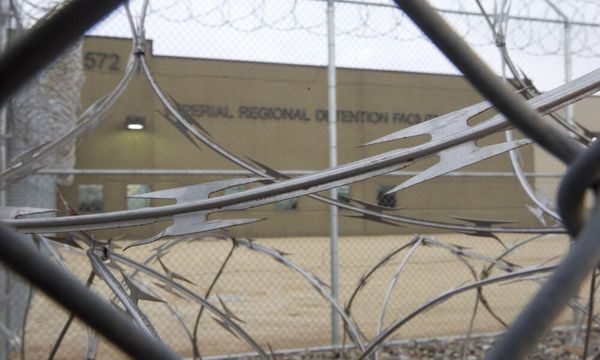
Researchers at the Lawrence Livermore National Laboratory (LLNL) have reportedly reached the milestone of repeated fusion reactions that generate more energy than they consume, the institution announced in its December report.
After first achieving ignition in December 2022 after years of failed attempts, the stadium-sized laser facility in Northern California has since been able to replicate the feat three times between July and November 2023.
The news marks a substantial development for nuclear fusion technology, as the promise of carbon-free, low-waste and sustainable power moves closer into focus.
Four more fusion ignition experiments are currently scheduled for 2024 at the LLNL's National Ignition Facility (NIF), according to Annie Kritcher, lead experiment designer at the NIF.
Nuclear Fusion: The Coming Energy Revolution Of The 2030s?
The late December report from the LLNL comes just a week after the end of COP 28, the annual UN climate conference held this year in Dubai. At the conference, US officials unveiled a 35-country plan to establish international regulations for commercial-scale nuclear fusion, with the aim of harmonizing research efforts around the world and providing new financing avenues for future fusion projects.
"We are edging ever-closer to a fusion-powered reality. And at the same time, yes, significant scientific and engineering challenges exist. Careful thought and thoughtful policy is going to be critical to navigate this," US climate envoy John Kerry told reporters at COP28 in early December.
With the right mix of regulatory backing and luck, nuclear fusion may not be decades away, after all—the US hopes to open its first commercial utility-scale fusion facility by the early 2030s, Energy Secretary Jennifer M. Granholm disclosed in an interview with the Associated Press in September.

The advent of commercial nuclear fusion remains dependent on unprecedented leaps in technological development at the LLNL and similar research facilities elsewhere in the world (like ITER, an international plasma project with a major facility in Japan).
"We now know it will work," Carmen Menoni, a nuclear physicist at Colorado State University who is leading the university's newly-authorized laser fusion facility, told the scientific publication Nature on Friday. "What will take time is to develop the technology to a level where we can build a power plant."
The impact of large-scale commercialized nuclear fusion would be nothing short of transformational to global energy systems.
In theory, nuclear fusion has the potential to resolve the issues of environmental sustainability and energy security that exist in modern electrical grids powered largely by a mix of fossil fuels (oil, natural gas and coal) and conventional renewable sources (hydroelectric power, wind and solar).
Contrasting existing commercial nuclear fission technology that uses rare and radioactive elements, nuclear fusion is fueled by hydrogen isotopes abundantly available in seawater and does not generate radioactive byproducts. Fission may be "green" in terms of carbon emissions relative to fossil fuels (and even hydroelectric power) but it is not renewable due to the limited supply of uranium and plutonium—fusion is green (greener, actually) and effectively renewable.
In short, nuclear fusion offers the promise of limitless green energy. If implemented at scale, fusion could be used to power utility-scale electricity generation facilities and generate green hydrogen fuel, potentially entirely replacing the use of fossil fuels for transportation and electrical grid systems.
With the LLNL's breakthroughs over the past year and substantial backing from the US federal government, the operative question in the debate around nuclear fusion appears to be not whether it will eventually supplant modern energy systems, but when.







